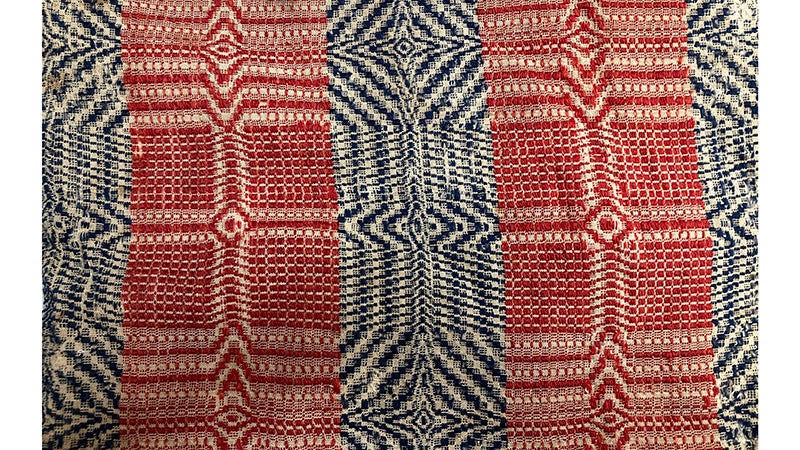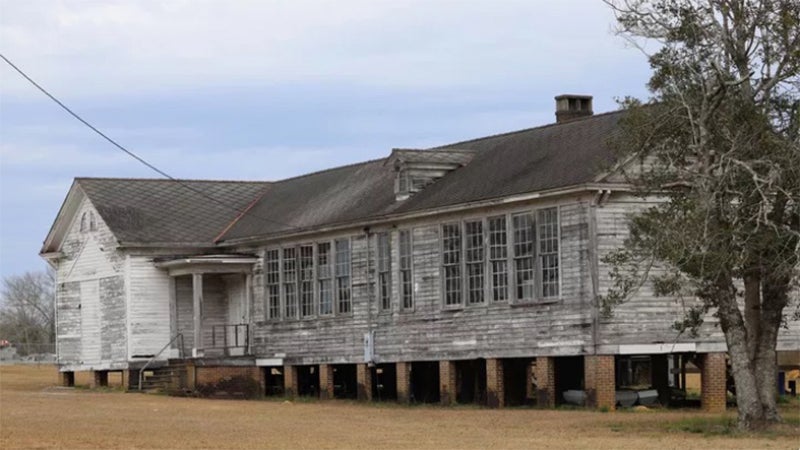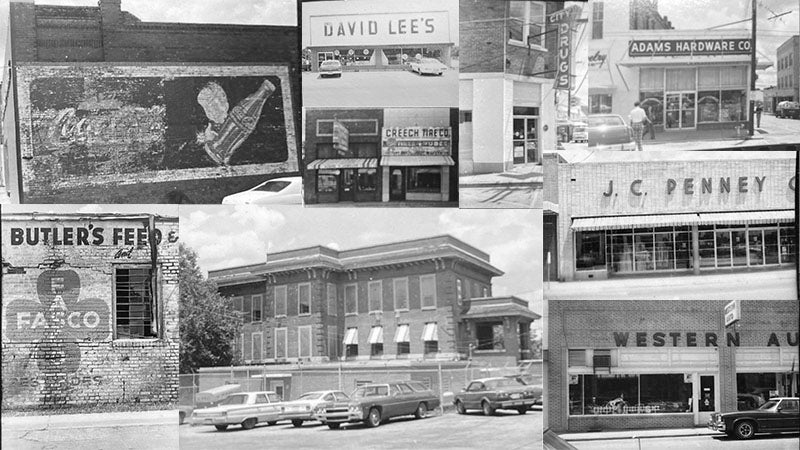Remember When: The history of Johnson Park
Published 3:37 pm Friday, March 6, 2020
|
Getting your Trinity Audio player ready...
|
“TAKE ME OUT TO THE BALLGAME” is a 1908 Tin Pan Alley song which has been the official anthem of North American baseball. However, neither of its composers/authors, Norworth and Tilzer, had ever attended a game prior to writing the song. The song’s chorus is traditionally sung during the middle of the 7th inning of a baseball game. Fans are encouraged to sing along. At some ballparks, the words “home team” are replaced with the team’s name.
As I was passing by the Andalusia ball park on Highway 55 South the other early evening headed to vote before the 7:00 deadline, I spied all the lights on at our own J. H. Johnson Park
where memories for a lifetime are made each season.
One of the late editors of The Andalusia Star News Ed Dannelly wrote in May 1961, “The sweet, sweet sound of bat meeting horsehide will echo again at the ball park this spring.” What a poetic way to describe that wonderful time of year for baseball enthusiasts, I observed, when researching the old newspapers.
Johnson Park was named in 1972 for Mr. J. H. Johnson, a dynamic educator in Andalusia, He came to Andalusia in 1936 to accept the “principalship” of the Andalusia High School. (Yes, I copied that word from the writings of Joseph Cecil Wingard, former teacher of English and sponsor for many years of the Memolusia yearbook.)
Mr. Johnson who spent his entire adult life in the education field received his A. B. degree from the University of Kentucky and his M. A. degree from the University of Illinois. Johnson came to Alabama where he began his teaching career at the Enterprise High School as coach and teacher. He served as Superintendent of the Geneva City School system prior to coming to Andalusia. In 1942, he was elected Superintendent of the Andalusia City School system. Johnson was the founder and first president of the South Alabama Athletic Conference. Under his leadership, various programs were added to the curriculum including public school music, band, industrial arts, speech, and journalism. Also, an attendance officer, a visiting teacher, and system-wide cafeteria services were added to the staff in his tenure as well as full-time principals at each school.
Johnson was a First Presbyterian Church elder, a Mason, a member of the American Legion, and a military veteran with overseas service of World War I. I Remember When my mother who was a member of the AHS Class of 1941 said that Mr. Johnson used to drive a jeep. It was probably acquired from Army salvage. One day, she recalled, Mr. Johnson was driving through the campus in his jeep when a group of students waved at him passing by and yelled out “Hey, Jeep!” With that Mr. “Jeep” Johnson as he became to be known stopped his vehicle, backed up, and looked those students in the eye scaring them to death!
Mr. Johnson was also a Camellia enthusiast and member of the Andalusia Men’s Camellia Club in the 1950s. His Camellia bushes still adorn the yard where his family lived on Third Avenue.
In 1961, Mr. J. H. Johnson was honored by the Andalusia Kiwanis Club as Andalusia’s Man-of-the-Year and so designated at the Annual Ladies’ Night Dinner at the Country Club. President Charles Little, one-time football star, presided at the program. Kiwanian Griffin Sikes had called Johnson’s wife ahead of time to notify her in advance to be certain she and her husband would attend the dinner. It was supposed to be a surprise! Virginia’s first reaction was: “Now he’ll have to stop long enough to get a haircut!” (It was reported that Mr. Johnson had been active in civic and social affairs for more than two decades.)
A few days later, Johnson was summoned to stand before
an appreciative audience of more than 1,000 spectators attending the Andy-Florala football game to have “My Old Kentucky Home” played in his honor by the Bulldog Band directed by Band Master Jim Nettles.
Johnson appeared several days after that before school assemblies at the Andalusia High School and at the Woodson High School where cheerleaders led in fifteen “rah-rahs” for Johnson in which the entire student bodies stood and joined in the tribute for their superintendent who spurred projects to erect new schools and new cafeterias.
Editor Dannelly wrote in his weekly editorial, “The crowd approval of this fine tribute is unassailable evidence that all of Andalusia thinks this selection of the “Man-of-the-Year” was to the individual most deserving this distinction.”
Teacher Wingard echoed the accolades of many education leaders who added that Johnson maintained a staff of well-trained and dedicated teachers at all schools. “His wonderful influence for good will live on in the hearts and lives of the boys and girls of Andalusia.” Superintendent Johnson’s board of education office was actually located in the “little” building annex on the AHS campus, just a few classroom doors down from Room 35 where Mr. Wingard taught for 39 years. Marcella Jones was the secretary.
Johnson retired in the summer of 1964 after 38 years as an educator, and 21 years as Superintendent of the Andalusia City Schools. He was succeeded by Oscar M. Zeanah, a former coach, teacher, and principal, who moved to Andalusia along with his family. Sometime between 1964 and 1972, it was decided by the City Council, the mayor being Chalmers Bryant, that the new ball park would be named in Johnson’s honor. The June 1972 edition of The Andalusia Star News reported, “A community center building is presently under construction at Andalusia’s Johnson Park.”
According to a July 1991 article in the FYI Edition of The Andalusia Star News, Luther Brown, Parks and Recreation Director for many years, stated “Andalusia’s Johnson Park has hosted some of the most important tournaments in the state and is considered by many the finest youth league sports facility in south Alabama. A lot of work had to be done to get the facility open in 1972. When the city got this land, it was a huge, plowed field. Right away, the city recognized that a full-time director would be needed. I guess I was just lucky enough to get it.”
Staff writer Jim Walker wrote, “Brown was the lucky one or was the City of Andalusia?” Brown’s knowledge of baseball had been formed in high school at Andalusia, college, and Class D professional experience.
Brown remembered, “I remember thinking back when I was playing that if I ever got to where I could have something to do with building a baseball facility, I would do my best to make it the greatest one around. I couldn’t have managed the park alone and eventually the city let me hire Dwight Mikel as summer help. After he finished college, we hired him full-time, and it was one of the best decisions I think the city could have made. We’ve been doing it so long now, we’ve kind of got it down pat.”
So many balls have been thrown and hit since that 1991 newspaper article. This writer will let others expound on that topic as time has moved forward, because there have been a “lot of balls over the plate” since then.
Here’s to J. H. Johnson Park – the ball players, their coaches and managers, the bat boys, the concession stand workers, the parents and grandparents, the directors and staff who keep up the grounds and plan all the activities, and lest I forget, the referees who make the calls and take the heat!
“For it’s one, two, three strikes, you’re out at the old ball game!”
Sue Bass Wilson, AHS Class of 1965, is a local real estate broker and long-time member of the Covington Historical Society. She can be reached at suebwilson47@gmail.com.







